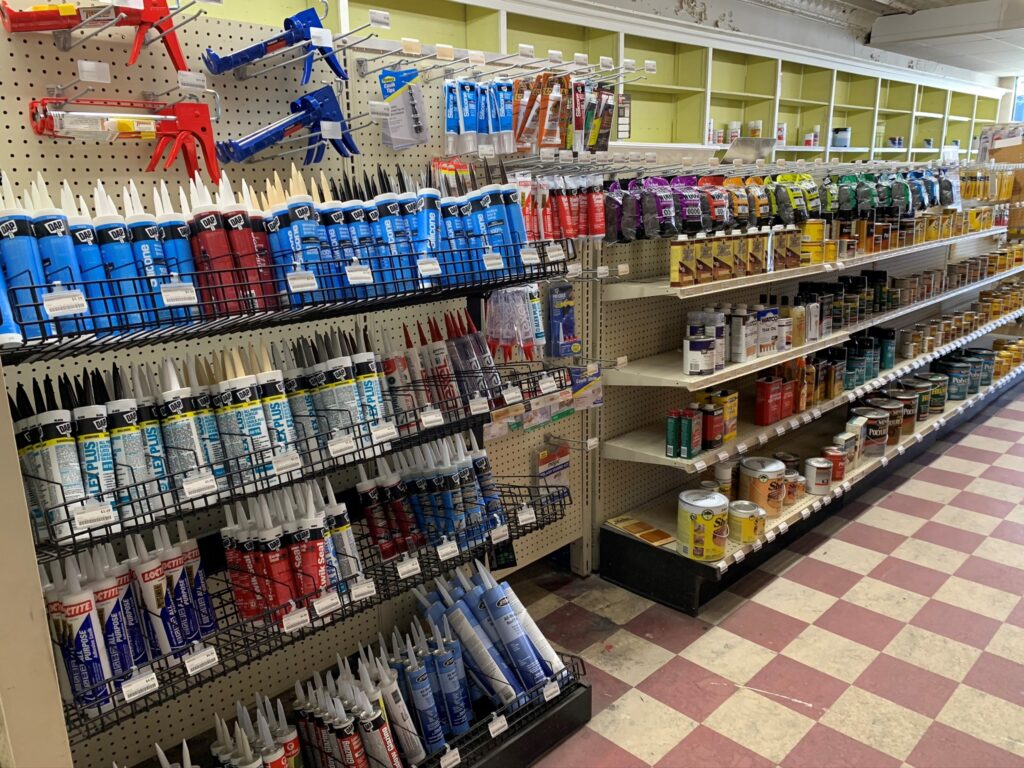Frentz & Sons Hardware © 2022 Privacy Policy | Web Design by Prophase Marketing
Frentz & Sons Hardware © 2025 Privacy Policy | Web Design by Prophase Marketing
Now is the time to fight ice dams

Let’s face it – no one wants to think about winter right now. But the fact is, the cold and snowy season is on its way. And if you take a few steps now to protect your home, you’ll make your life a lot easier down the road.
The biggest challenge homeowners face in the winter are ice dams.
When we have a big snow storm followed by a warming trend, the result is ice dams all over the place. So don’t wait until three feet of snow is on your roof to find roof rakes and gutter cables to melt the snow. They are usually sold out, and installing roof cables with the ice and snow piled up there is dangerous. Fall is the best time to get up there and install roof and gutter cables.
Gutter cables are high-resistance electrical wires you mount on the roof edge in a zigzag pattern and plug into an outdoor receptacle. Remember, you have to route the melting water away. Otherwise, it’ll refreeze in the gutters, and along the roof edge, so you’ll also want to run the heating cable inside a downspout so the downspout doesn’t clog with ice.
Figuring it out
Figuring out how much cabling you need is easy – the rule of thumb is that for every roof edge you need to heat, you’ll want to buy 2 ½ feet of cable. Then you want to add the length of the downspout from the roof to the bottom where the water exits. For example, on a two-story home, most downspouts are about 8′ to 12′ in length, while a two-story home’s downspout is usually about 20′.
For example, let’s use a typical two-story colonial home popular around Royal Oak. The roof’s gutters run across the front and back of the home and are about 25′ wide. So let’s do the math:
25′ gutters x 2.5 = 62.5′ of cabling
+ 10′ cabling for the downspout = 72.5′ cabling per side
Installing the cable will take a little pre-planning because no matter how long the cable is, using an extension cord is not recommended. The way to do it is to plan backward – think the installation through from the outlet, rather than just starting on one roof area and worrying about plugging it in later.
How to install the cables
Installation isn’t just a safety issue. It’s also a matter of economics – you’ll want the plug within easy reach. These cables work and do so by drawing a large amount of electricity. For example, a 40-foot cable draws 200 watts of power. Often people will have a weatherproof electrical outlet installed outside if you don’t have one. A good place is under the overhang to protect the plug from water. You might also want a switch inside to turn the cables on and off as needed.
